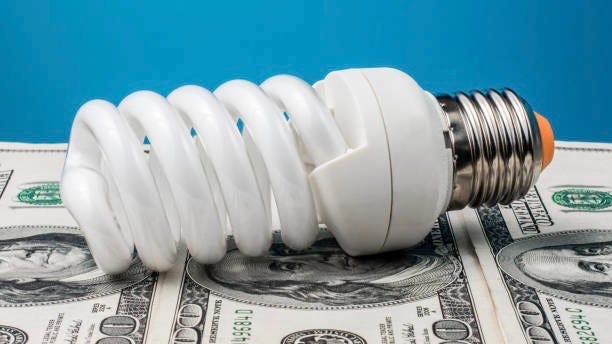Which states have rising electricity costs? See map

- Increased electricity demand from data centers and extreme temperatures are driving up electricity costs for Americans.
- Between May 2024 and May 2025, the average residential electricity price increased by 6.5%.
- Data centers are projected to consume up to 12% of U.S. electricity within the next three years.
Americans are paying more for electricity this summer thanks to a combination of extreme temperatures and the expansion of power-hungry data centers needed to support the surge in artificial intelligence usage.
Power demand from data centers in the U.S. is expected to nearly triple over the next three years, consuming as much as 12% of the country’s electricity, according to a Department of Energy-backed study, as reported by Reuters.
How will this influx in energy demand impact residential electricity bills? Here’s what we know about the change in electricity prices for the average consumer:
Which states are paying more for electricity?
Between May 2024 and May 2025, the average retail residential price for 1 kilowatt-hour of electricity increased about 6.5%, according to the most recent available data from the U.S. Energy Information Administration (EIA).
Electricity costs can vary due to energy rates, taxes, and utility fees in your area. A report from Choose Energy, an energy broker, has identified which states are facing higher electricity prices this year.
Residents in Idaho currently pay the cheapest residential electricity rates in the country at 11.88 cents per kWh, while Hawaii’s residents pay the highest electricity rates at 41.03 cents per kWh.
What is causing electricity prices to increase?
Many factors influence the price of electricity, including infrastructure costs, fuel prices, weather conditions, record-high temperatures and the balance of supply and demand, according to the EIA.
On July 28 from 7 to 8 p.m. ET, Americans consumed 758,149 megawatt-hours of electricity – a new national record, according to EIA. The extraordinary demand for power resulted from large, densely populated areas of the U.S. experiencing a slow-moving “heat dome,” which trapped high temperatures and humidity for days at a time, as previously reported by Paste BN.
In addition to the extreme weather causing an overall increase in residential electricity consumption, the demand from artificial intelligence data centers has also been linked to rising electricity bills in some areas.
A recent report from The Washington Post found that some customers in areas serviced by PJM Interconnection, which coordinates the movement of wholesale electricity in all or part of 13 states (Delaware, Illinois, Indiana, Kentucky, Maryland, Michigan, New Jersey, North Carolina, Ohio, Pennsylvania, Tennessee, Virginia and West Virginia) and the District of Columbia, have seen their electricity bills increase because of data centers. Electricity bills for some consumers in New Jersey have increased by 20% and in Ohio, prices rose between 10% and 15%.
Read more about the pros and cons of data centers:
CONTRIBUTING: Terry Collins, Trevor Hughes, Paste BN, Sarah Lapidus, Sasha Hupka, Arizona Republic